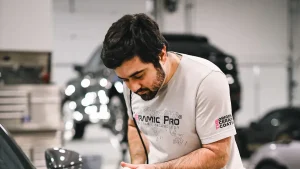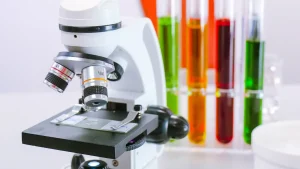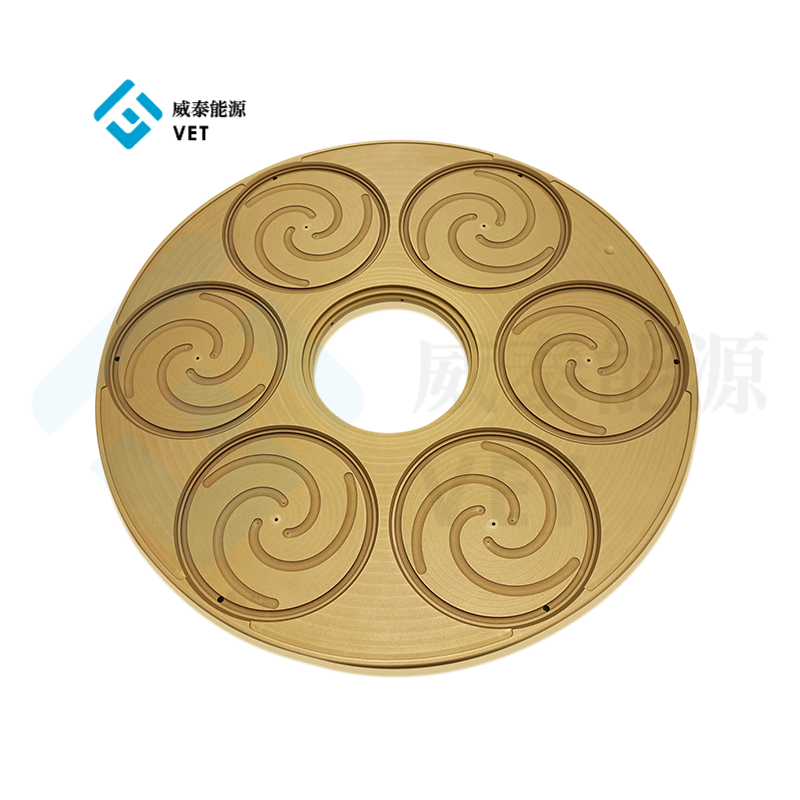
TACコーティング技術 優れた硬度、耐熱性、化学的安定性を提供するタンタルカーバイド(TaC)コーティングを使用します。 これらのプロパティは、 タックコーティング 極端な環境で表面を保護するのに理想的です。 応募可能 タックコート 化学蒸気蒸着(CVD)、物理蒸気蒸着(PVD)、熱スプレーコーティングなど、いくつかの方法を使用して。 エマージ技術も刺激的な可能性を提供します。 これらの方法を理解することで、ニーズに最適なアプローチを選ぶことができます。 進化の進化 cvdタックコーティング 耐久性と高性能な表面を必要とする業界向けのソリューションを引き続き提供.
要点
- CVD作成 強いコーティング 飛行機や車の中で厳しい条件にピッタリのスティック.
- PVDは熱を扱うことができない材料のためのクーラーの温度、大きいで働き、正確で環境に優しいコーティングを与えます.
- 熱スプレーのコーティングは工場および発電所の大きい部品のために、厚い、強い層速く、有用作ります.
化学気相成長法(CVD)
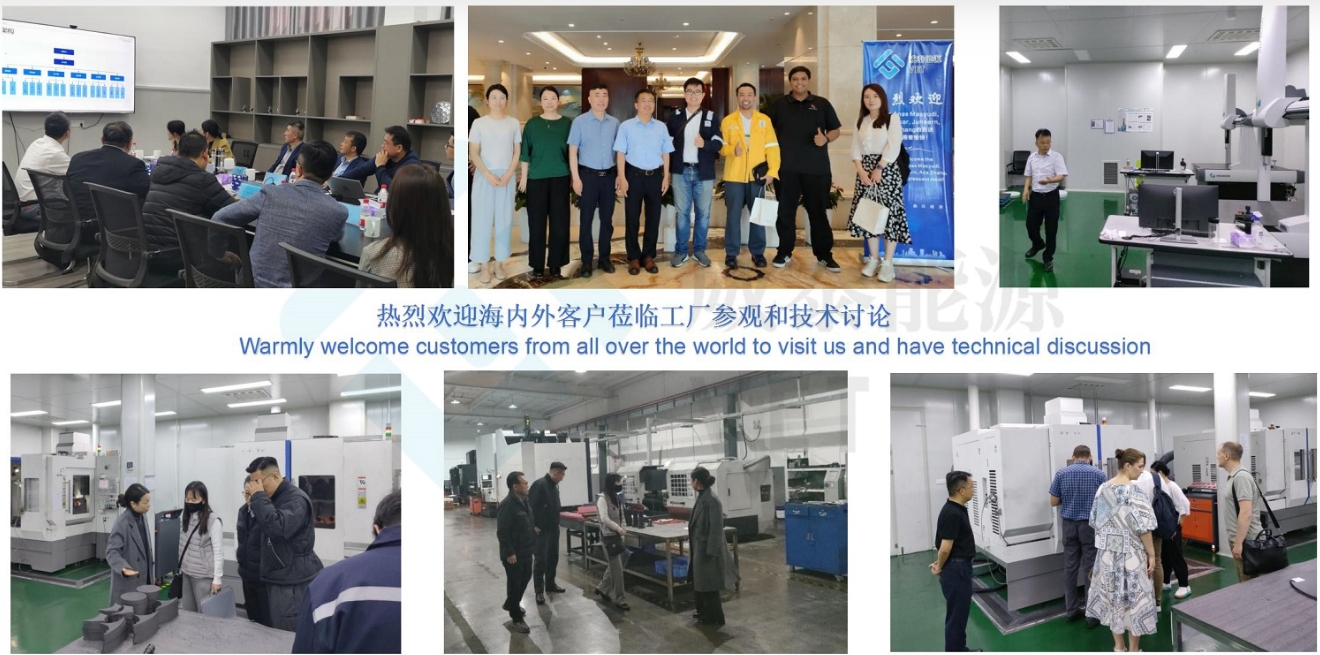
プロセス概要
化学蒸気蒸着(CVD)は、TACコーティング技術の広く使用されている方法です。 このプロセスでは、気体の前駆体の混合物に基質を露出します。 これらのガスは、基板の表面に反応または分解し、薄く均一な層を形成します タンタルカーバイド(TaC). . コーティングが基質に強く付着することを保障するプロセスは通常高温部屋で起こります。 CVDは、優れた密度と純度のコーティングを達成し、要求の厳しい用途に好ましい選択をすることができます.
メリット
CVDはいくつかの利点を提供します。 硬度や耐摩耗性に優れたコーティングを生産しています。 複雑な幾何学でも均一なカバレッジを保証します。 また、腐食性物質にさらされる環境に不可欠である高い化学的安定性を有するコーティングを達成することもできます。 また、CVDコーティングは、使用中に剥離やフレークのリスクを軽減し、優れた密着性を発揮します.
欠点
その利点にもかかわらず、CVDにはいくつかの制限があります。 プロセスは熱に敏感な材料のために適さないかもしれない高温を、要求します。 また、有害ガスの使用、厳しい安全対策が必要なことを含みます。 設備・運用コストが高まり、小規模な用途で経済的に抑えられます.
最高のアプリケーション
CVDは要求する企業にとって理想的です 高性能コーティング. . 航空宇宙、自動車、半導体製造に使用できます。 極端な熱、摩耗、腐食性環境にさらされるツールやコンポーネントには特に効果的です。 これは、重要なアプリケーションのためのTACコーティング技術のコーナーストーンになります.
物理蒸着(PVD)
プロセス概要
物理蒸着(PVD)は、TACコーティング技術で他の一般的な方法です。 このプロセスは、タンタルなどの固体材料を蒸気に変換します。 蒸気はそれから基質に、薄い層を形作る凝縮します タンタルカーバイド(TaC). . PVDは通常、コーティングのためのきれいな環境を維持するのに役立ちます真空チャンバーで発生します。 スパッタリングや蒸発などの技術を使用して、蒸気を作成できます。 基質の性能を高める耐久および精密なコーティングです.
メリット
PVDは複数の主要な利点を提供します。 CVDと比較して低温で動作し、熱に敏感な材料に適しています。 プロセスはコーティングをと作ります 優秀な硬度および耐久性. . PVDはまた高精度の薄く、均一層を達成することを可能にします。 また、廃棄物を最小限に発生し、有害化学物質の使用を避けるため、環境に優しいオプションです.
欠点
PVDには多くの利点がありますが、制限があります。 プロセスは複雑な幾何学を均等に塗ることに苦労するかもしれません。 また、初期設定コストを上げることができる高価な装置が必要です。 PVDコーティングは、特定のアプリケーションで耐久性を制限することができる他の方法によって生成されたものほど厚いではないかもしれません.
最高のアプリケーション
PVDは薄く、精密なコーティングを要求する適用にとって理想的です。 切削工具、医療機器、装飾仕上げに使用できます。 また、精密と性能が重要である電子機器や光学部品に最適です。 TACコーティング技術は、特に精度と環境の持続可能性を優先する業界において重要な役割を果たしています.
熱スプレーのコーティング
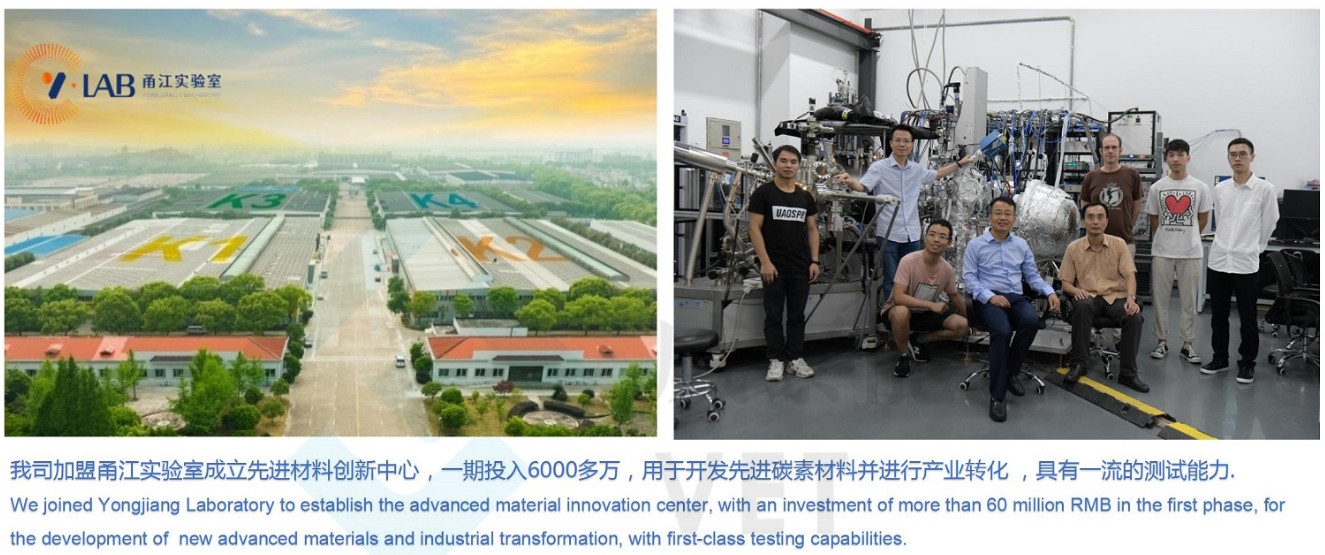
プロセス概要
熱スプレーのコーティングは材料を、タンタル炭化物のような、溶解されたか半溶解した状態に熱することを含みます。 高気圧ガスの流れで基質にこの材料を吹きます。 プロセスは表面に機械的に結合する保護層を作成します。 CVDやPVDとは異なり、熱スプレーコーティングは真空や高温チャンバーを必要としません。 大きくても不規則な形状のコンポーネントには、多岐に渡ります.
メリット
熱スプレーのコーティングは複数の利点を提供します。 耐久性と耐摩耗性を高める厚膜を塗布することができます。 金属、セラミックス、複合材など、幅広い材料に精通しています。 また、工業用途に効率よく加工し、大きな表面を素早く塗ることができます。 また、熱スプレーコーティングは、CVDと比較して低温で動作し、感熱性基質を損なうリスクを低減します.
欠点
この方法にはいくつかの欠点があります。 プロセス中に形成されたメカニカルボンドは、CVDまたはPVDによって生成される化学ボンドほど強力ではない場合があります。 また、コーティングの表面仕上げが粗く、滑らかさのための追加の後処理を必要とすることに気づくかもしれません。 熱スプレーのコーティング装置は汚染されたスペースの使用を限るか、または複雑な設計のために限るかさばることができます.
最高のアプリケーション
熱スプレーのコーティングは厚い、耐久の層を要求する適用にとって理想的です。 航空宇宙、発電、製造などの産業でご利用いただけます。 タービンブレード、エンジンコンポーネント、産業用ローラーに適しています。 このメソッドは重要な役割を担います TACコーティング技術、特に大きいか不規則な形の部品を摩耗および腐食から保護する必要があるとき.
タックコーティング技術のエマージ方法
新技術の概要
タックコーティングテクノロジーのエマージ方法は、どのようなコーティングが達成できるかの境界を押しています。 1つの有望な技術は原子層の沈殿物(ALD)です。 この方法は、原子レベルの精度でタンタルカーバイドの極めて薄い層に適用されます。 別の革新は脈打ったレーザー沈殿(PLD)です。 高エネルギーレーザーパルスを使用して、ターゲット材料を蒸発させ、基板に入金します。 研究者は、CVDのような伝統的な手法と高度な技術を組み合わせたハイブリッドアプローチを探求しています コーティング特性を高める. . 効率・精度・性能の向上を目指した技術です.
エマージ方法の利点
新しい方法はいくつかの利点を提供します。 ALDはコーティングの厚さおよび均等性上の比類のない制御を提供します。 ナノスケール精度が必要な用途に最適です。 PLDは、独自の微細構造でコーティングを生成し、機械的および熱的特性を強化することができます。 ハイブリッド技術では、複数の方法の強度を組み合わせて、特定のニーズに合わせてコーティングをカスタマイズできます。 これらのイノベーションは、エネルギー消費量や廃棄物の削減にも注力し、より持続可能にします.
現在のチャレンジ
潜在的な新しい方法にもかかわらず、課題に直面しています。 ALDおよびPLDは費用を増加する専門にされた装置を、要求します。 プロセスは、大規模な生産のためのスケーラビリティを制限し、時間がかかります。 ハイブリッド方式は、複雑なセットアップ、熟練したオペレーターの要求を伴うことが多いです。 研究者は、これらの技術がより使いやすく、費用対効果の高い産業用途に取り組むために、これらの問題に引き続き対処します.
タックコーティング方法の比較解析
主な違い
タックコーティング技術の各方法 ユニークな特性. . CVDは高温で作動し、密で均一なコーティングを作り出します。 PVDは、低温で動作し、精度で優れていますが、複雑な形状と闘います。 熱スプレーコーティングは厚い層をすぐに適用しますが、より粗い表面で起因します。 ALDやPLDなどのEmergingメソッドは、ナノスケールの精度と持続可能性に焦点を当てています。 これらの違いは、各メソッドを特定のアプリケーションに適したものにします.
各方法の長所と短所
ここでは簡単な比較です 長所と短所:
| 方法 | プロレス | コンサルティング |
|---|---|---|
| CVD | 高密度、優秀な付着 | 高温、高価な装置 |
| 太陽光発電 | 、環境に優しい精密 | 限られた厚さ、形との闘い |
| 熱スプレーのコーティング | 厚い層、速い適用 | 粗い終わり、より弱い結束 |
| エマージ方法 | ナノスケール精度、持続可能な | 安価で限られたスケーラビリティ |
この表は、各方法が強度と弱点のバランスをとっているかを強調します.
正しい方法を選ぶ
最適な方法を選択するには、特定のニーズを検討してください。 耐熱工具用CVDは、比類のない耐久性を実現します。 電子機器の精度が必要な場合は、PVDは素晴らしい選択です。 大きい部品のために、熱スプレーのコーティングは効率を提供します。 アトミックレベルの精度を必要とする最先端のアプリケーションに適したエマージ方法。 予算、材料、および性能要件を評価し、通知決定を下す.
ヒント:プロジェクトに最適な結果を得るために、TACコーティング技術の専門家に相談してください.
それぞれのTACコーティング法は、独自の強みを持っています。 耐久性、高精度のPVDおよび効率の熱スプレーのCVDのexcels。 エマージ方式は、最先端のソリューションを提供します.
ヒント アプリケーション、予算、および性能のニーズに合わせてお選びください。 最適な結果を保証するために、適切なアドバイスのための専門家に相談してください。 プロジェクトの成功をさらに高める.
よくあるご質問
最も費用対効果の高いTACコーティング方法は何ですか?
熱スプレーのコーティングは最も費用効果が大きい選択です。 厚い層を素早く適用し、大きなコンポーネントにうまく機能し、全体的な費用を削減します.
感熱材料にPVDを使うことはできますか?
はい、PVDはそれを作る低温で作動します 熱感受性の基質のために適した. . 素材の完全性を損なうことなく精度を確保します.
産業用途向けのALDスケーラブルのような新しい方法は?
お問い合わせ ALD面のスケーラビリティの課題を高コスト・低処理時間で解決する手法 研究者は、産業の健全性を改善するために働いています.


